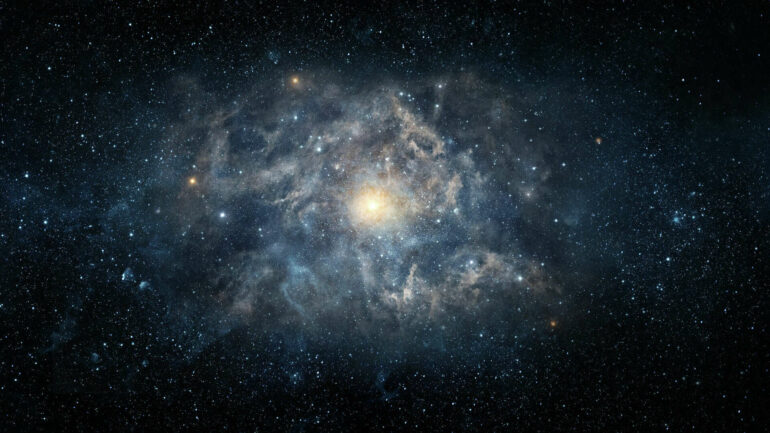The stars aren’t fixed and unchanging, unlike what many ancient people thought. Once in a while, a star appears where there wasn’t one before, and then it fades away in a matter of days or weeks.
The earliest record of such a “guest star,” named so by ancient Chinese astronomers, is a star that suddenly appeared in skies around the world on July 4, 1054. It quickly brightened, becoming visible even during the day for the next 23 days.
Astronomers in Japan, China and the Middle East observed this event, as did the Anasazi in what is now New Mexico.
In the second half of 2024, a nova explosion in the star system called T Coronae Borealis, or T CrB, will once again be visible to people on Earth. T CrB will appear 1,500 times brighter than usual, but it won’t be as spectacular as the event in 1054.

Art depicts the Roman Emperor Henry III viewing the supernova explosion of 1054.
I am a space scientist with a passion for teaching physics and astronomy. I love photographing the night sky and astronomical events, including eclipses, meteor showers and once-in-a-lifetime astronomical events such as the T CrB nova. T CrB will become, at best, the 50th brightest star in the night sky – brighter than only half the stars in the Big Dipper. It might take some effort to find, but if you have the time, you’ll witness a rare event.
What is a nova?
In 1572, the famous Danish astronomer Tycho Brahe observed a new star in the constellation Cassiopeia. After reporting the event in his work “De Nova Stella,” or “On the New Star,” astronomers came to associate the word nova with stellar explosions.
Stars, regardless of size, spend 90% of their lives fusing hydrogen into helium in their cores. How a star’s life ends, though, depends on the mass of the star. Very massive stars – those more than eight times the mass of our Sun – explode in dramatic supernova explosions, like the ones people observed in 1054 and 1572.
In lower mass stars, including our Sun, once the hydrogen in the core is exhausted, the star expands into what astronomers call a red giant. The red giant is hundreds of times its original size and more unstable. Eventually, all that is left is a white dwarf – an Earth-sized remnant made up of carbon and oxygen. White dwarves are a hundred thousand times denser than diamond. Unless they’re part of a binary star system, where two stars orbit each other, they slowly fade in brightness over billions of years and eventually disappear from sight.
T CrB is a binary star system – it’s made up of a red giant and a white dwarf, which orbit each other every 228 days at about half the distance between Earth and the Sun. The red giant is nearing the end of its life, so it has expanded dramatically, and it’s feeding material into a rotating disk of matter called an accretion disk, which surrounds the white dwarf.
Matter from the accretion disk, which is made mostly of…



